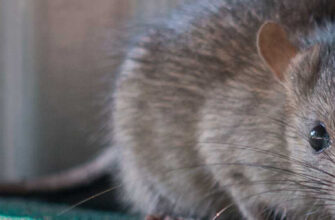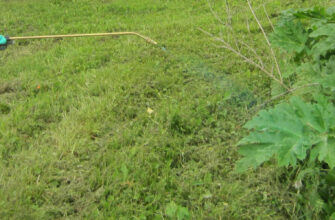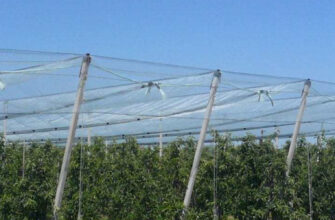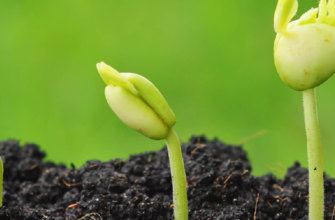Modern gardeners strive to grow produce that is as free as possible from chemical treatments. This is entirely achievable, and in many cases, chemicals can be avoided altogether. One effective way to combat plant pests is by using time-tested folk methods, such as planting specific repellent plants. These plants have the ability to either repel harmful insects or attract them away from crops. Agricultural scientists confirm the effectiveness of this approach, referring to it as a “biological” method.
Repellent plants are typically planted around the perimeter of a garden, in between rows, or in containers (such as pots) placed strategically around the plot. Another common practice is alternating rows of protective plants with the crops they are meant to protect.
- Main Groups of Pest-Repelling Plants
- Plants That Repel Insect Pests
- Plants That Repel Mosquitoes, Gnats, and Flies
- Herbs and Flowers That Repel Ants
- Plants That Repel Aphids
- Plants That Repel Carrot and Onion Flies
- Plants That Repel Moths
- Plants That Repel Colorado Potato Beetles
- Plants That Repel Slugs and Snails
- Plants That Protect Vegetables from Small Insects
- Plants to Protect Against Larger Pests
- Plants That Repel Mice
- Plants That Repel Moles
Main Groups of Pest-Repelling Plants
A large group of repellent plants consists of essential oil-producing herbs. These are grown for culinary spices, medicinal purposes, and more, but their strong aromas also repel many pests. Some protective herbs, such as wormwood and tansy, are toxic to humans and should be handled with care.
Certain vegetables also serve as protective plants, which should be considered when planning a garden layout. Onions and garlic are among the most potent, thanks to their distinctive smells and flavors.
Flowers that repel pests are highly effective against a wide range of insects. Beyond their protective qualities, they beautify the garden and attract beneficial pollinators like bees and bumblebees.
Plants That Repel Insect Pests
Plants That Repel Mosquitoes, Gnats, and Flies
Mosquitoes, gnats, and flies are particularly bothersome insects, especially in summer, as they can disturb both plants and people. Planting beds of aromatic herbs like basil, rosemary, mint, and tansy can help keep them at bay. Combining pest control with garden aesthetics is also possible by using flowers such as petunias, geraniums, lavender, and chamomile. These can be sown in the garden, flower beds, or near the home. Growing them in pots is especially convenient, as the pots can be moved to wherever they are needed.
For optimal protection, plant a variety of flowers that repel mosquitoes and gnats, creating small arrangements. These not only enhance the garden’s appearance but also provide multi-layered protection against harmful insects.
Herbs and Flowers That Repel Ants
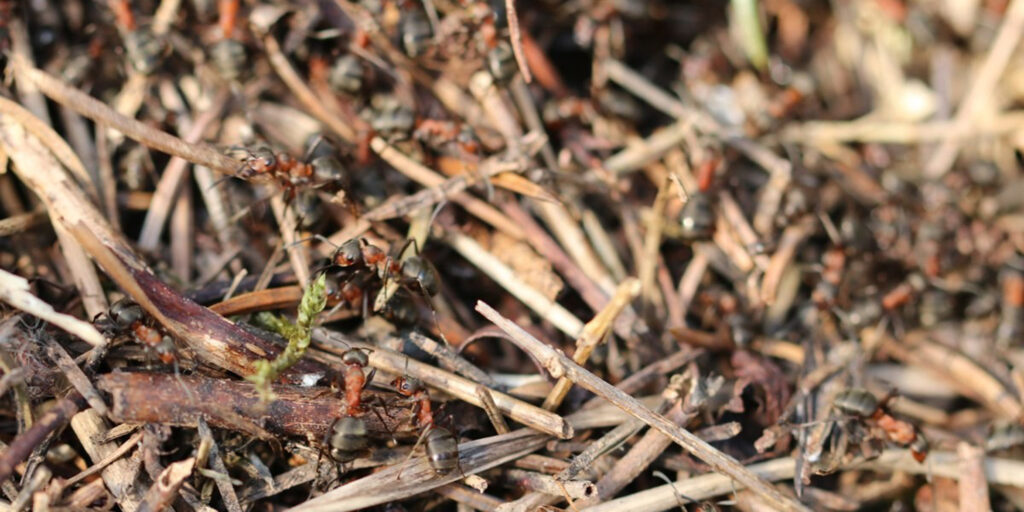
Ants can be problematic in gardens, not only because they build nests but also because they cultivate aphids. The best herbs and flowers for repelling ants include lavender, mint, wormwood, coriander, chives, fennel, garlic, marigolds, mustard, nasturtiums, and many other aromatic herbs. Pots or beds of these plants can drive ants away from the area. Scattering branches of these plants in areas where ants gather can also be effective.
Plants That Repel Aphids
Aphids, though tiny, are highly destructive pests in gardens and orchards. To protect against them, plant coriander, basil, rosemary, fennel, garlic, dill, mustard, mint, alyssum, daisies, and marigolds. These protective plants take up minimal space and are typically sown along the edges of plots or pathways. Their aromas either repel aphids or attract predatory insects that feed on them. For example, a small bed of nasturtiums can draw aphids away from other crops, keeping them contained. Meanwhile, the scent of nasturtiums attracts predatory insects that eliminate aphids.
Border petunias, with their strong fragrance, repel not only aphids but also leafhoppers, cicadas, and hawk moths. They are often planted near beans, tomatoes, and peppers, as well as in flower beds, garden plots, or pots near the home.
Plants That Repel Carrot and Onion Flies
To protect against carrot and onion flies, gardeners often plant carrots and onions side by side. The onion’s aroma repels carrot flies, while the carrot’s scent deters onion flies, creating a mutually beneficial relationship.
Plants That Repel Moths
Lavender and mint are widely used in gardens and are also effective at repelling pantry moths indoors. For centuries, people have placed sprigs of these herbs in wardrobes and drawers to keep moths at bay. Other aromatic herbs like sage and rosemary are similarly disliked by moths. These can be grown in gardens or in pots placed on windowsills indoors. Geraniums, which are successfully grown as houseplants, also repel moths with their scent.
Plants That Repel Colorado Potato Beetles
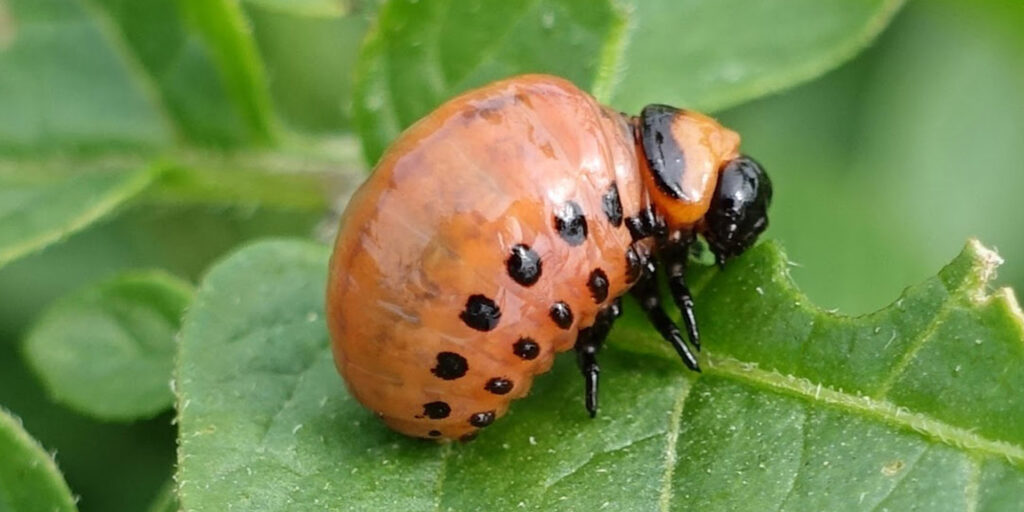
The Colorado potato beetle is a notorious pest of vegetable crops, often requiring tedious manual removal. Instead, consider planting repellent plants such as parsley, coriander, onions, horseradish, dill, peppermint, garlic, beans, and nasturtiums. These can be sown between rows or in small beds scattered throughout a potato field. Marigolds and calendula are particularly effective at repelling Colorado potato beetles, making them a must-have border for potato beds. Other plants disliked by the beetle include sage, thyme, geraniums, tansy, hyssop, and wormwood.
Plants That Repel Slugs and Snails
Slugs and snails can significantly damage peppers, cabbages, greens, and lettuces, especially when the crops are ready for harvest. To combat them, plant parsley, cilantro, rosemary, thyme, sage, basil, lavender, yarrow, or fennel.
Slugs and snails also avoid nasturtiums, California poppies, columbines, oregano, and even forget-me-nots. Garlic is another powerful protector against slugs, and planting it between rows of peppers, cabbages, greens, or lettuces can prevent mollusk infestations.
Plants That Protect Vegetables from Small Insects
To protect cabbages from cabbage white butterflies and flea beetles, plant celery or nasturtiums. Nasturtiums can be sown along the edges of beds, while celery can be interspersed among cabbages in small patches. For pests like nematodes, which target beets and strawberries, marigolds, calendula, and chicory planted between rows or around beds offer effective protection.
Plants to Protect Against Larger Pests
Plants That Repel Mice
To protect an entire garden from mice, plant coriander, wormwood, tansy, white sweet clover, or blackroot along the borders. Mice are repelled by the aromas of these herbs and will steer clear. Additionally, blackroot and bidens cling to the fur of rodents with their rough seeds, which mice find highly unpleasant. To protect flower beds from mice, plant narcissus or autumn crocus, as mice dislike the taste of narcissus bulbs and the smell of autumn crocus.
Plants That Repel Moles
Narcissus and crown imperial are also effective against moles. It’s believed that the scent of their bulbs resembles that of a fox, prompting moles to flee. Onions, garlic, and ornamental allium (a perennial flowering onion) are also reliable garden protectors, as their bulbous odors are unappealing to moles. In addition to planting these repellent plants, you can place their sprigs, leaves, or bulbs in burrows, around the garden, or in storage areas, especially where crops are kept.
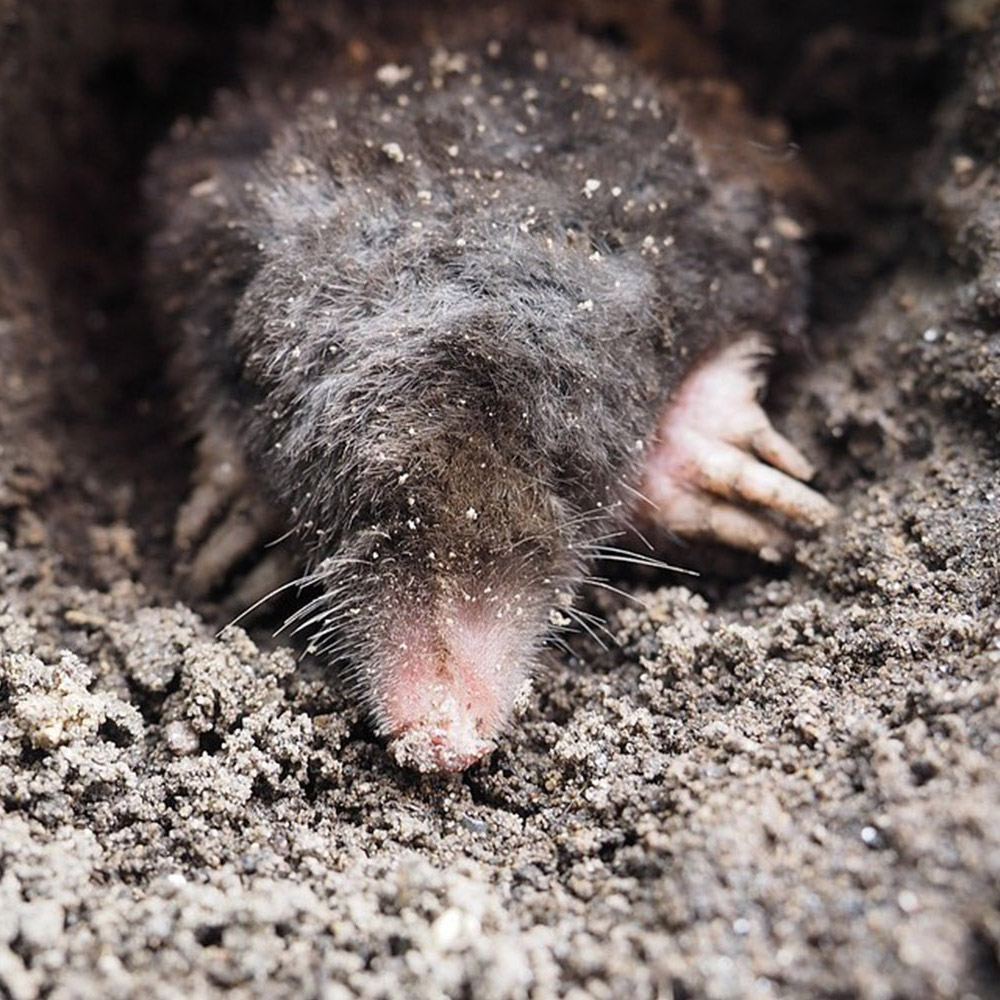
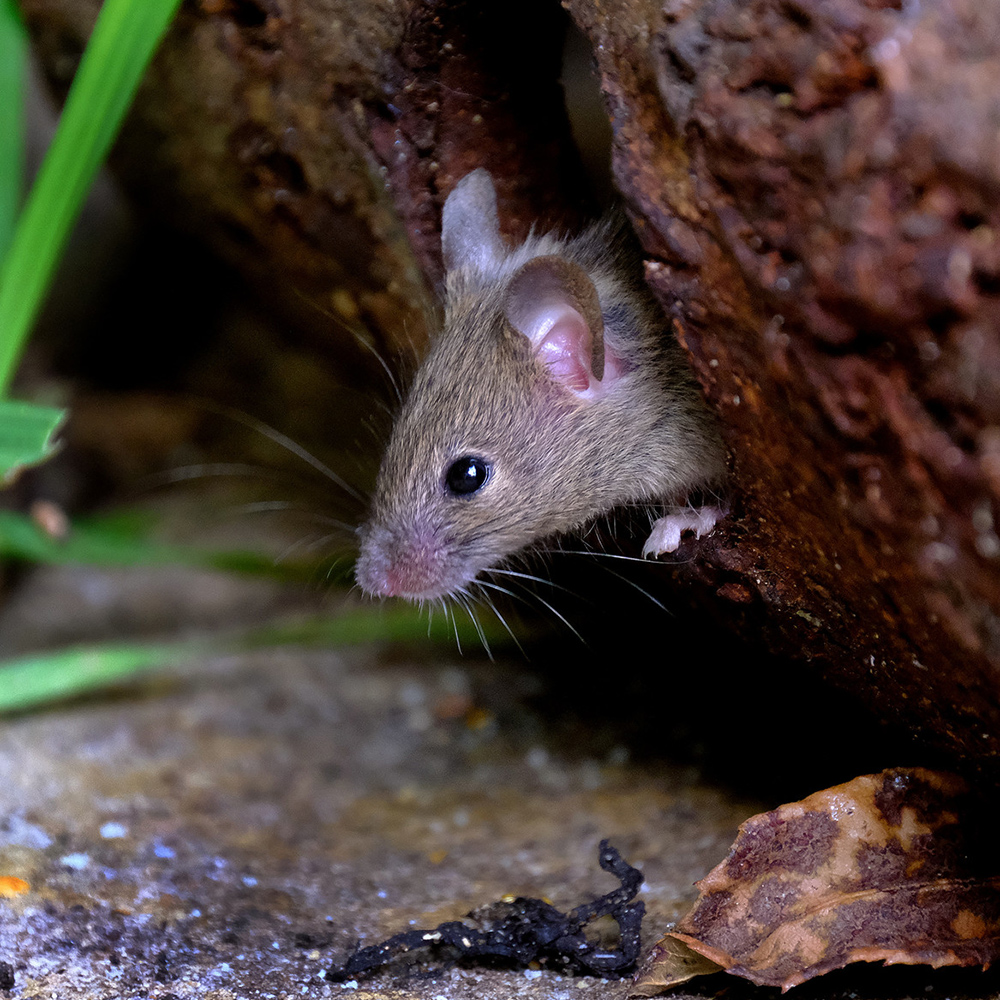
As you can see, there are numerous ways to protect plants from pests without resorting to insecticides. This approach yields cleaner, more eco-friendly produce while offering additional benefits: some plants provide harvests, while others beautify your garden and home. The advantages of biological pest control are clear, making it an excellent alternative to chemical treatments.
If you have found a spelling error, please, notify us by selecting that text and pressing Ctrl+Enter.

